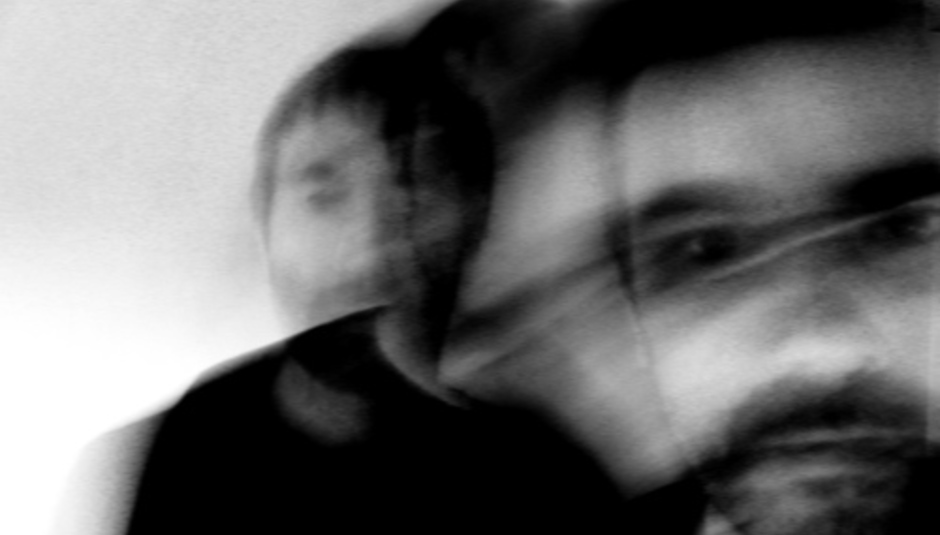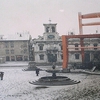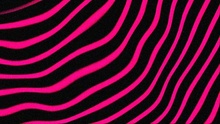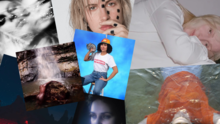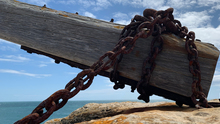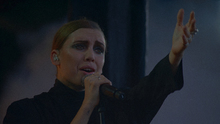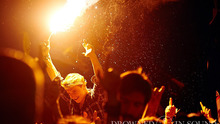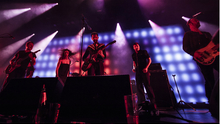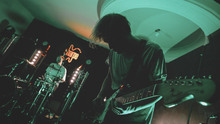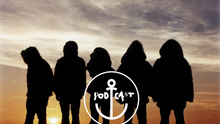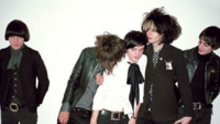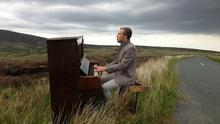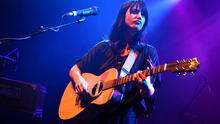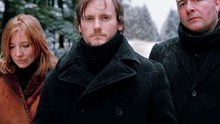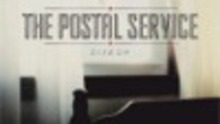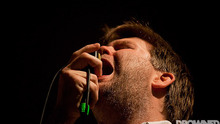From their origins as b-boys making pause-button tape mixes in late-Eighties Rochdale, Autechre’s Sean Booth and Rob Brown have evolved into the quintessential Warp Records act. To avoid getting tangled in unnecessary genre definitions, you could characterise their sound as a kind of ‘austere complexity’, the pair’s mastery of fearsome sound-sculpting software and customised modular systems giving rise to vistas of beats and textures that endlessly tear themselves apart and regroup. Despite boasting typically forbidding track titles such as ‘d- sho qub’ and ‘O=0’, their newly released tenth album Oversteps contains some of their most accessible, yet intriguing, sonic netherworlds to date. Over the years Autechre’s apparent wish to let the music speak for itself has earned them an undeserved reputation for reticence; certainly when DiS rang up Sean Booth he was happy to have a natter in a break from programming for the pair’s live shows.
DiS: Hi Sean. You launched Oversteps with a 12-hour overnight broadcast through your website. How did it go?
Sean Booth: We played loads of old-school tracks. I’ve been crate-digging recently so just wanted to play some old stuff. There’s this Herb Alpert track that I can’t get enough of at the moment that I played.
DiS: Do you listen to other artists when making music yourself?
SB: I tend not to. It’s not a decision; it’s just that I end up being quite into what I’m doing, so I’ll fall asleep with something in my head that I’ve been doing and wake up wanting to carry on with it. I’ll even be working on stuff when I’m on the train. I’m a bit compulsive, really.
DiS: How is Oversteps different from your last album [2008’s Quaristice]?
SB: I think the sound of it is quite different. Retrospectively it’s easier to say that; at the time we weren’t really as aware of it. We’d got back off tour and didn’t want to do anything that was like the tour set, which had a real specific flavour to it. We were exploring using the computer to compose systematically again, but being very deliberate with the design of the system this time, and then allowing ourselves to make musical choices using the system in a kind of instinctive way.
DiS: What relation does Autechre live have to your records?
SB: It’s kind of complicated, and not easy to be quick about in layman’s terms, which is a shame, because I’d like it to be communicable, but it just isn’t. It’s the nature of what we do: the more we get into it, the harder it is to explain. The system that we used to generate a lot of the tracks on the album is one that we built, and that’s grown into a different thing now which we can use live. It has similarities in terms of the types of things that it’s generating, but it’s also got a lot of differences because it’s been modified since then. I’m sure we’ll still be using this system or variations of it for a bit now, because we’re quite into what we can get out of it. It doesn’t sound like the album at all, though, the live set. It’s a lot faster and heavier. There’s more beats. It’s just one of those live tendency things, because we’ve grown up DJ-ing in clubs.
DiS: And you’re still playing in the dark?
SB: Yeah. We haven’t seen anything that we’d want to do visually yet. I’m sure at some point there’ll be a technology that we’d want to use. Because we do like lights and we do like using lasers in a certain way, but we also really like darkness.
DiS: Even though you may not want to put ideas of how to interpret your music into people’s heads, do you yourself have a certain visual concept of the sounds, like a kind of synaesthesia?
SB: That’s the way perception works, for me anyway. I have a strong visual tendency; I almost see sound, although I wouldn’t call it a visual element; it’s like the part of your brain that recognises something visual is involved as well. There’s something about sound that you don’t get with visuals, which is that it surrounds you and it affects different parts of your body. Your ears get fed into the auditory cortex, but that’s also getting feeds from other parts of your body. The vibrations are getting picked up in your chest cavity and even in your arms and legs, depending upon what kind of frequencies are involved. So it’s a myth that you’re restricted to just hearing the range that your ears can pick up; your hearing range extends a lot lower than that, actually. That’s how fish hear, you see, and we’ve got a lot of vestigial stuff left over from fish.
DiS: Except we can’t breathe underwater…
SB: That would be fucking dope, wouldn’t it? I mean frogs have got it made, haven’t they?
DiS: Do you ever go on YouTube and watch videos that other people have made of your tracks?
SB: Yeah, there’s tons of fan vids now, a massive list. There’s one that I really, really like, actually, for the long ambient track at the end of Garbage. It’s the lushest camerawork and editing ever and he’s kept all the foley sound in, and it’s a beautiful piece of film. Really amazing stuff. I would love to be a film-maker in an alternate reality. It’s probably what I would have ended up being in if I hadn’t gone into music. I used to do loads of edited tapes, not only music but video, and when I was really young, before I really got into music, a lot of my sources were cartoons off the telly, recorded with a microphone and edited with a tape deck.
DiS: How do you handle creating music with you living in Manchester and Rob [Brown] in Bristol?
SB: Rob comes up less now because he’s got two kids, so we do more online collaborating. But it’s also a lot easier now. We’ve been filesharing project files for years. But nowadays we can do audiostreaming back and forth as well, so we can synch on the fly and hear each other’s parts at the same time as we’re working on them.
DiS: Do you and Rob need to communicate your ideas about sound to each other, or do you just understand each other wordlessly?
SB: We used to end up using quite a lot of visual metaphor. But nowadays it’s more like, “Ooh, listen to that” and we’re both nodding and grinning, “Wicked”. We both know when something’s sounding right. I don’t even know what it is about things that makes them good, but that’s part of doing this, really, chasing this kind of carrot. You think you might figure it out one day, but you know in the back of your minds that you never will.
We don’t really push ourselves in any direction. What we like when we’re working is that moment of discovery. It’s not like we’re making this stuff; it’s almost like we’re finding it. It makes sense to keep changing things quite often, either technique-wise or process or just in terms of your attitude or your response or use of a piece of technology. You can restrict yourself formally really easily with technology, because there’s so many ways of arranging and working with the same kinds of data. The way that informs your music and the way you have to work around it can inspire you to make different things.
DiS: As a flipside to self-imposed restrictions, is there still anything you can’t yet do with technology that you’d like to? Or is it impossible to conceive of what you can’t yet do?
SB: Not at all. There’s plenty of developing environments we use where you can build things that don’t exist. In terms of using computers, things have been broken down into just raw logic, so if you know what you’re doing, you can just use machine code, write everything in assembler. It depends on what level you want to access the machine. It’s all there, basically. You can be as creative as you want; there’s no ceiling there at all.

